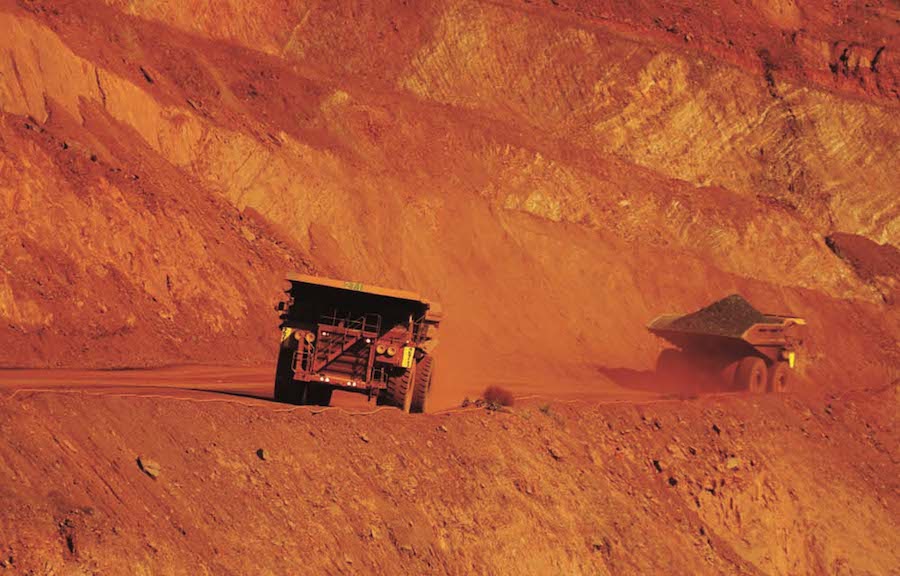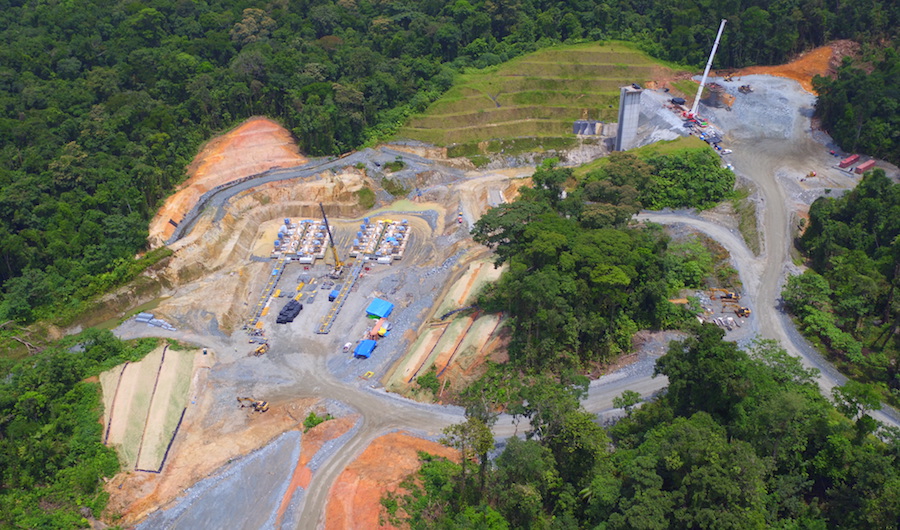Dust at BHP’s iron ore mines poses health hazard

High levels of dust at two of BHP Group’s iron ore mines in Western Australia are impairing the health of workers and nearby residents, a union said this week, as BHP said it had undertaken a raft of measures to limit dust in the arid region.
The state’s environmental regulator this month began a review into elevated levels of airborne dust at BHP’s Whaleback and Newman mines in the Pilbara, as part of a review into BHP’s licence conditions and public submissions closed this week.
The review will be undertaken over the second half of this year and could result in changes to BHP’s license conditions. The mines are some 1 065 km (662 miles) north east of Perth.
A survey of current or former residents and mine workers who spent a significant amount of time in the community found 80% said the dust had affected their lives, according to a submission by the Western Mine Workers Alliance.
Of those, 82% said they had experienced adverse health affects, while others said they had suffered property damage and impacts to their lifestyle due to dust.
“All industry has some impact on the local environment,” said Brad Gandy, state branch secretary of the Australian Workers Union, which is part of the alliance.
“The problem is how this impact is managed, and it is clear that dust emissions are at levels that seriously affect the health, wellbeing and lifestyles of the Newman community.”
Related Article: BHP turns to electric pickups as miners seek emissions cuts
BHP said in a statement that it prioritises the health and safety of its employees and host communities, and was committed to managing our dust levels in Newman.
“Air quality is complex and the majority of elevated dust events in Newman occur in conjunction with certain weather conditions,” it said.
Dust control measures across the sites include using dust suppress sprays, water trucks and revegetation programs.
It is spending $230-million over the next five years to further improve air quality and implement dust mitigation work to keep dust levels as low as possible, it said.
(By Melanie Burton; Editing by David Holmes)
More News
Panama’s $10 billion copper mine faces tough road to restart
Jose Raul Mulino has said he won’t negotiate with First Quantum until it drops arbitration proceedings against Panama.
March 01, 2025 | 11:42 am
Trump, Zelenskiy nix minerals deal
Mineral rights and security agreement cancelled at the White House on Friday after a news conference degenerated into a rare spectacle of raised voices and name-calling.
February 28, 2025 | 11:57 am
{{ commodity.name }}
{{ post.title }}
{{ post.excerpt }}
{{ post.date }}



Comments